- Formiculture.com
- Forums
- Gallery
- Members
- Member Map
- Chat

I love your updates, Cindy! Great videos ![]() I'm glad they are doing well.
I'm glad they are doing well.
Keeper of:
Prenolepis imparis (4 founding queens)
Camponotus pennsylvanicus (5 founding queens)
Reticulitermes flavipes (3 pairs, subterranean termite)
5/3/17
We have larvae! I was able to capture some larvae wriggling about on my phone camera (second part of YT video).
I've also moved my dual queen founding colony into a new Inception Chamber. I used a fine-tipped syringe to transfer the brood and lightly placed it on top of the water tower. No casualties, yay! Because this nest has a visible water tower, I am less worried about the hydration aspect than I was with the Atom B (sadly the queen in that nest passed away). They both seem to be enjoying the nest so far and I've taken some pictures of them in the nest. One interesting thing I noted was that these queens enjoyed using the sand in the nest to plug up any holes between the acrylic top and the nest itself.
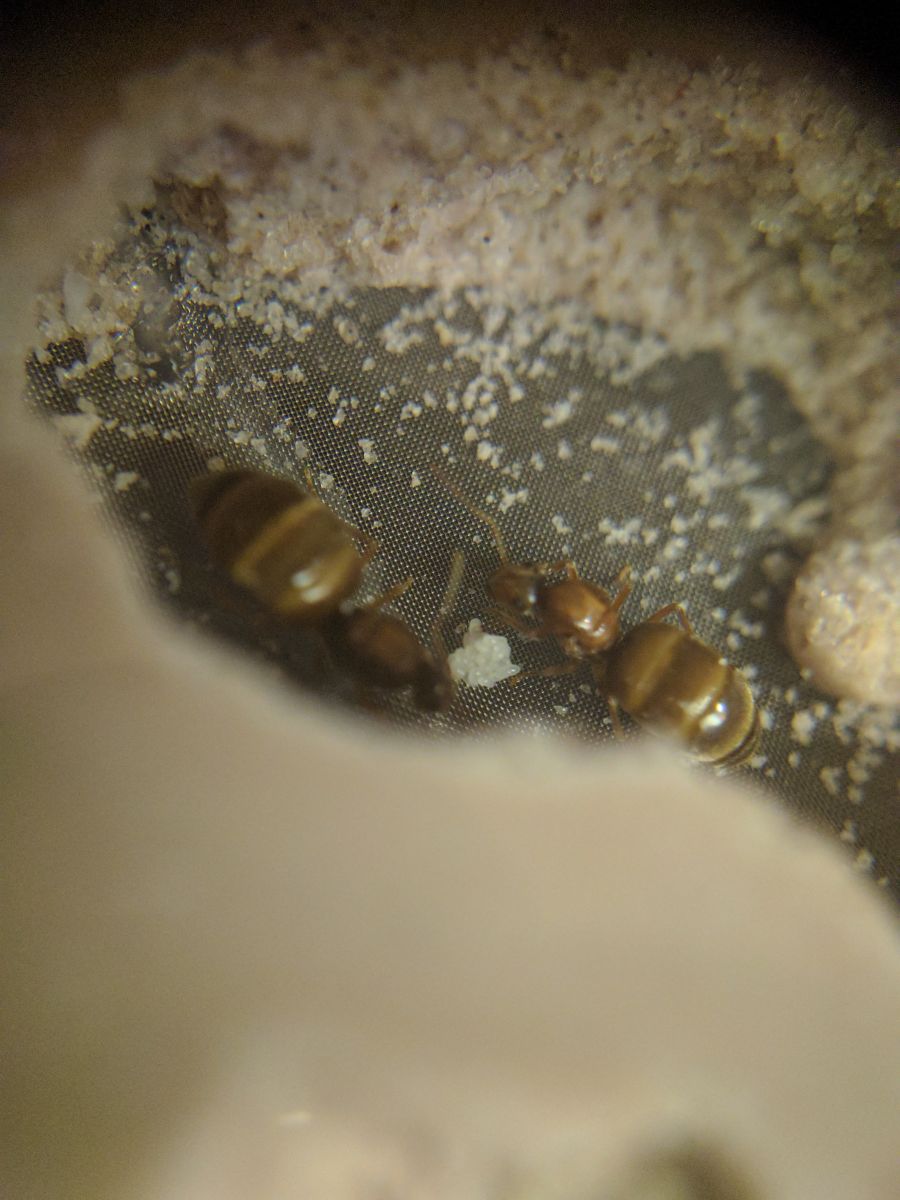
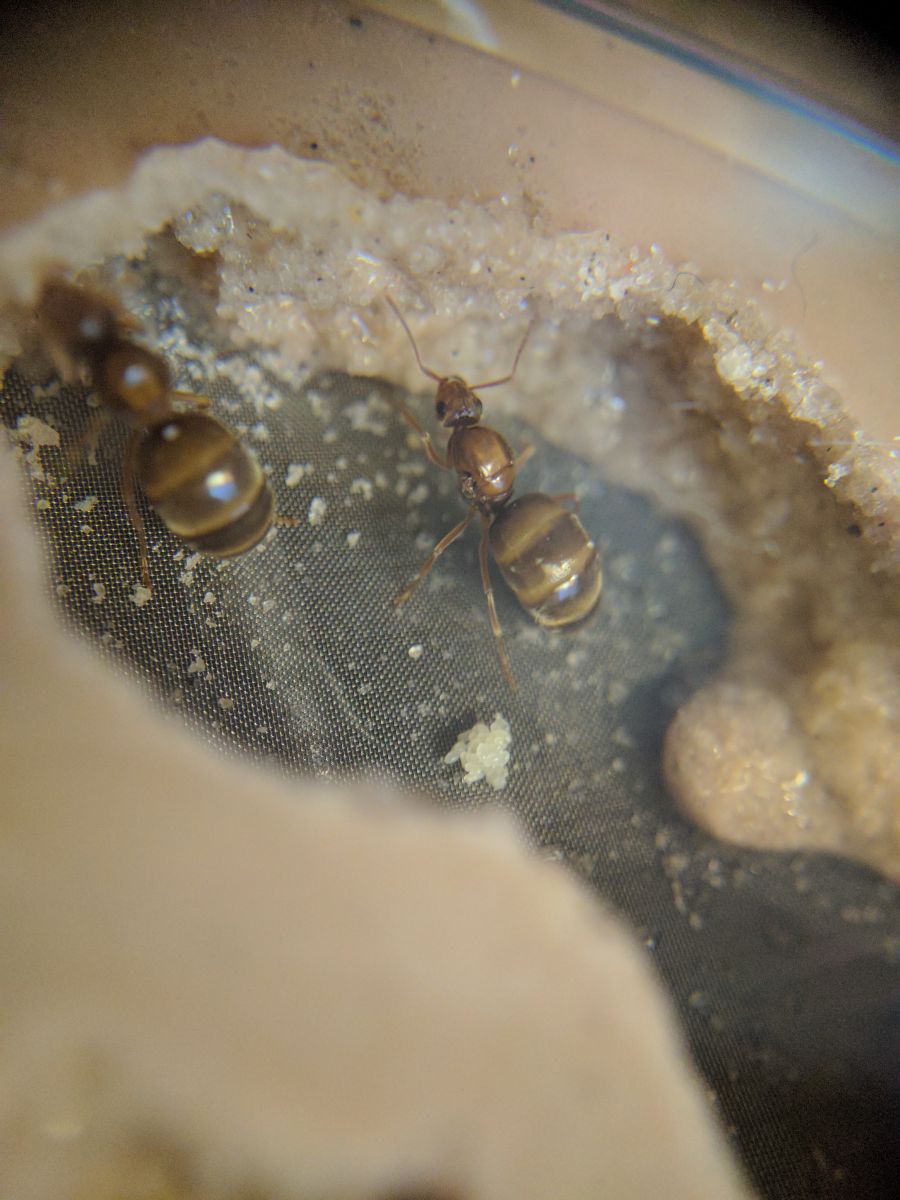
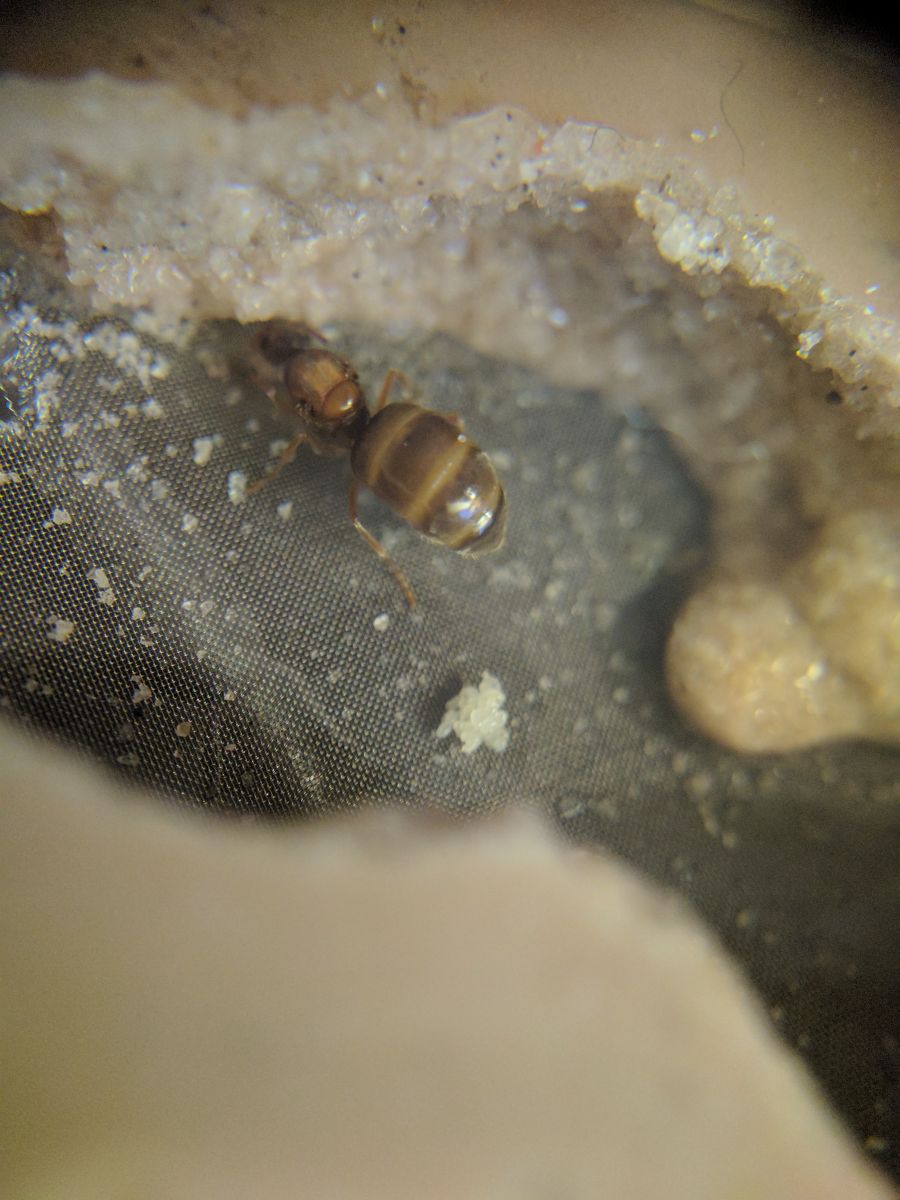
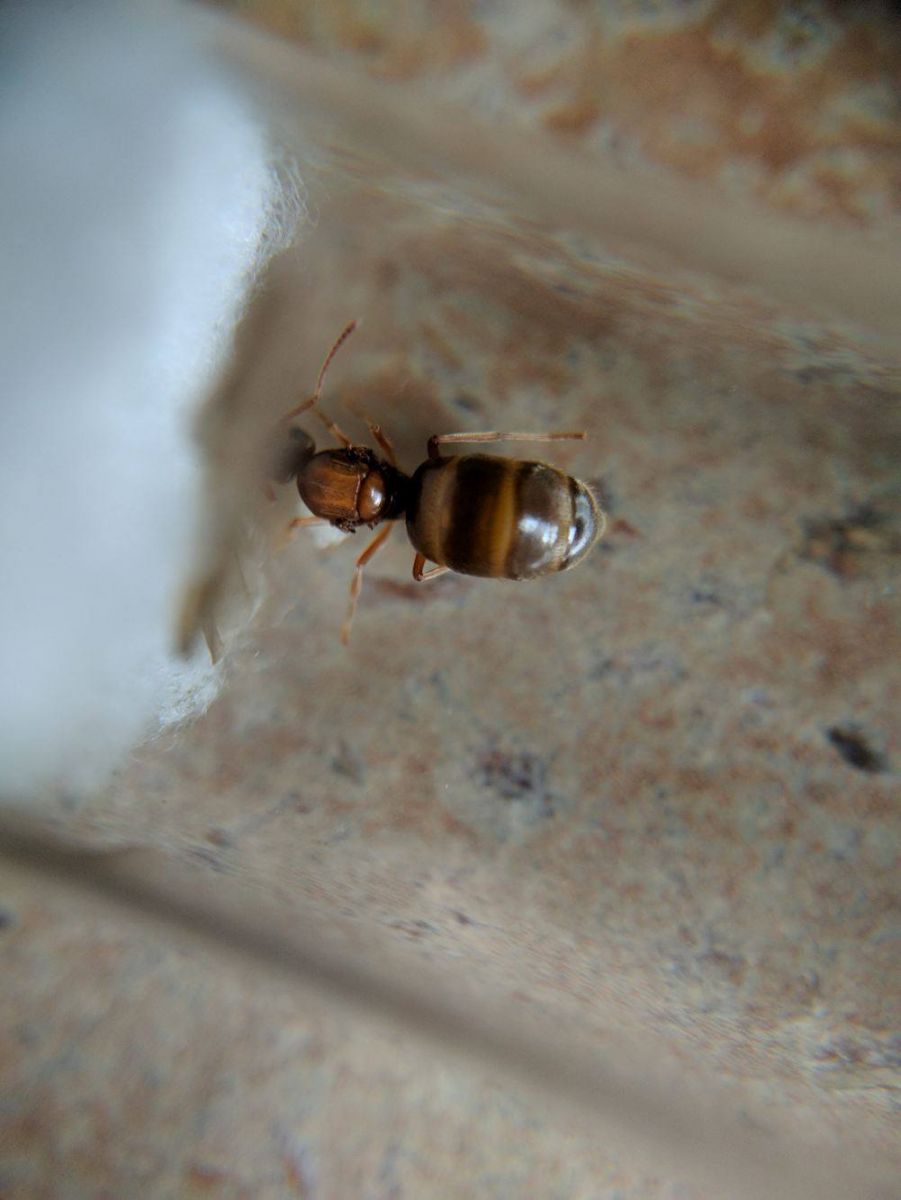
Edited by Cindy, May 3 2017 - 4:51 PM.
Wow, I can't believe how long it takes for them to get larvae. They look nice, good luck!
@cindy - Any updates?
I'll post an extensive update in the next few days! I've been in China and just landed tonight. From a quick glance, they all seem to be alive and doing well!
yay 4 china!
I hear there are a lot of Asians there.
Instagram:
nurbsants
YouTube
California Ants for Sale
Unidentified Myrmecocystus
https://www.formicul...ls-near-desert/
Undescribed "Modoc"
https://www.formicul...mp-ca-5-4-2017/
Camponotus or Colobopsis yogi:
https://www.formicul...a-ca-1-28-2018/
Camponotus us-ca02
https://www.formicul...onotus-us-ca02/
Unidentified Formica
https://www.formicul...l-ca-6-27-2020/
Pencil Case and Test Tube Formicariums
https://www.formicul...m-and-outworld/
Bloodworm Soup
https://www.formicul...bloodworm-soup/
6/2/17
This update is pretty late but I thought it'd be important to note he development of the brood + how easy to care for P. Imparis are. I went to China for over a week, leaving my 14 queens in their test tube holders undisturbed. When I came home, I saw that all of the queens had survived at room temperature (which fluctuated from the low 40s at night to the high 70s during the day throughout the week).
I was quite surprised at how hardy these queens are, given that all I've heard was that these queens were difficult to get started before I caught them. Here are some thing I've noted about the care of these queens during the founding stage:
-You can "set them and forget them". Literally. You don't need heat cables, they are tolerant of cold temperatures (at least down to the low 40s) and seem happy in the 70s as well.
-Conversely, they did not seem overly troubled when handled. I look at my queens at least once a day, and though they will scurry away at the site of bright light, looking at them under some dim lighting doesn't bother them at all.
-They produce a lot of brood (for the most part). Maybe around 20-30 brood each. They also keep laying eggs during founding so I've been seeing a bunch of brood in different development stages when I check on them.
I've attached some close up shots of the brood, which can best be described as looking "plump" at this point. As for the queens' appearances, I've found that the ones who lay more eggs have a skinnier gaster, while the ones with 15 brood or less still look like I've caught them yesterday (fat gasters).
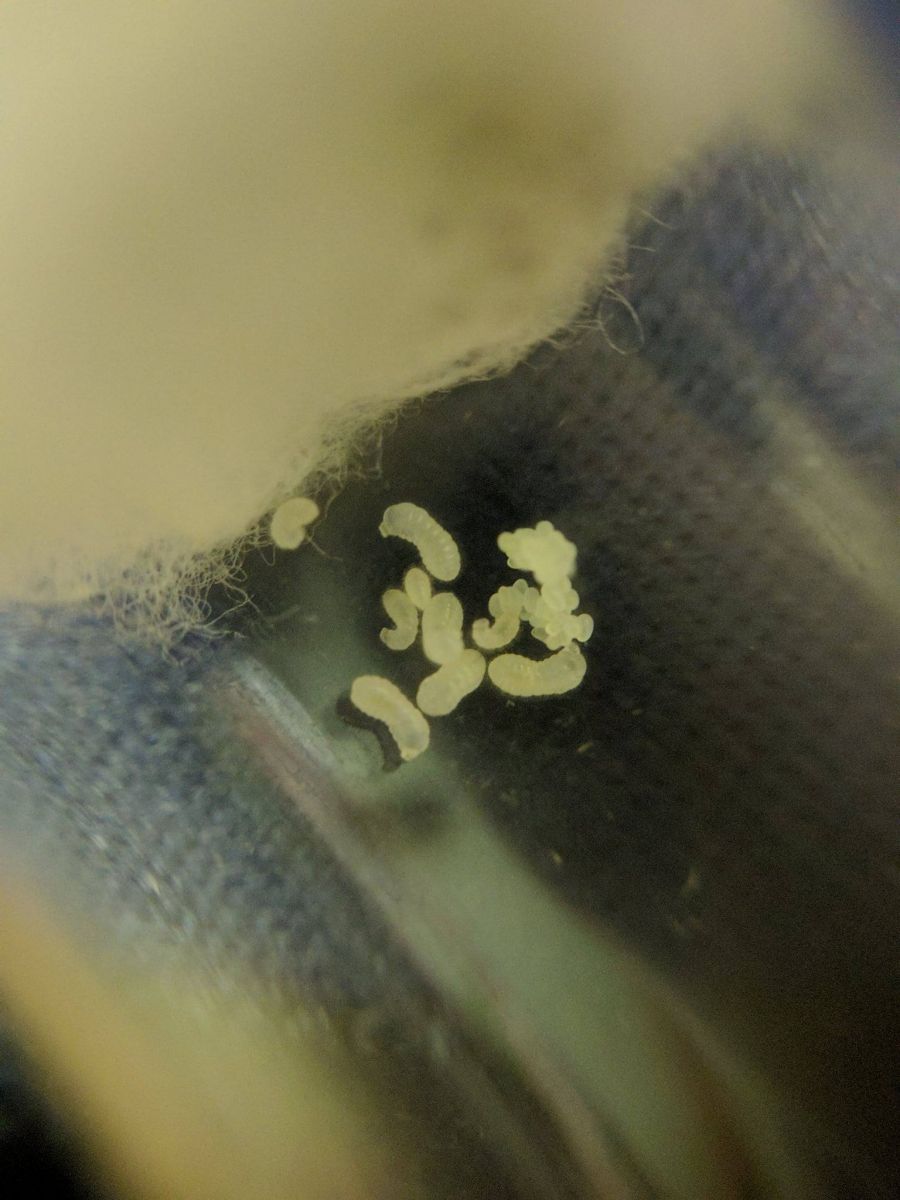
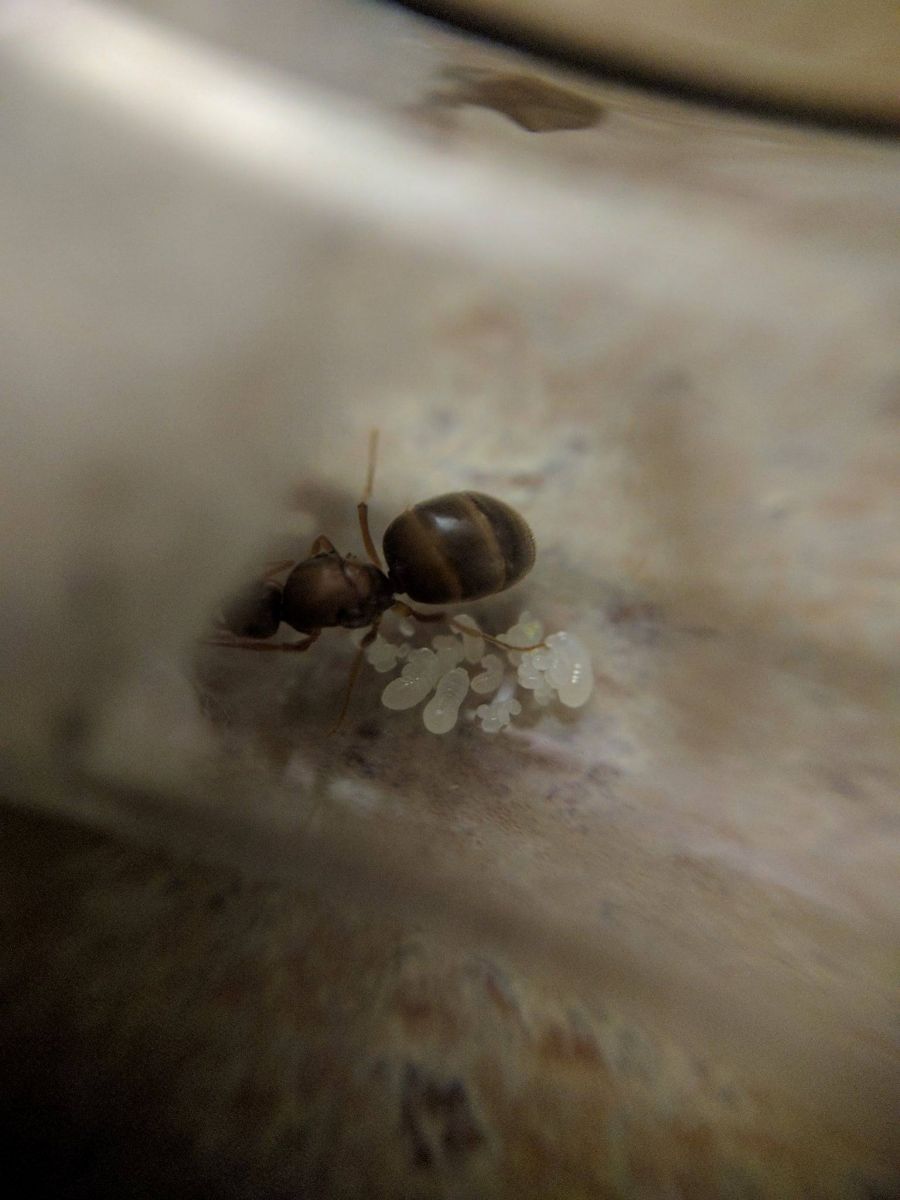
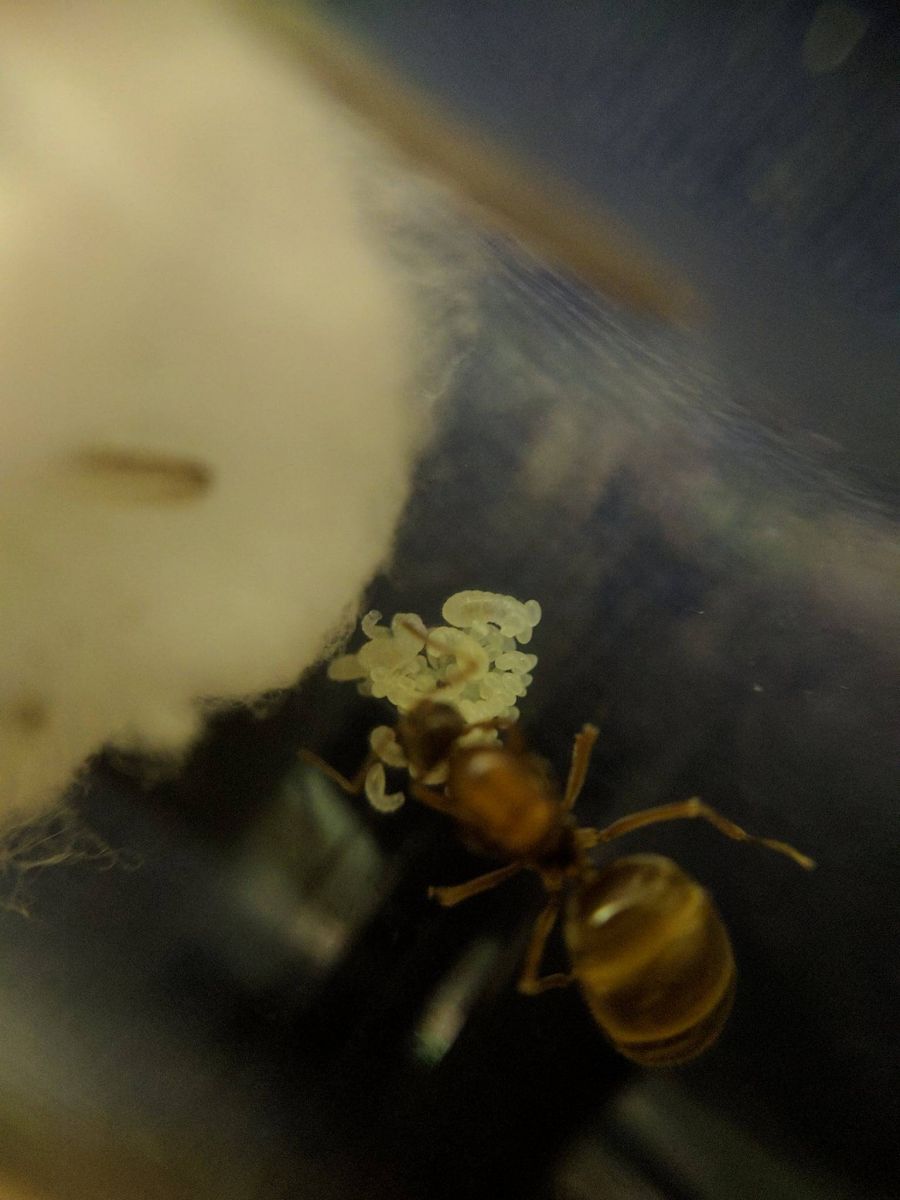
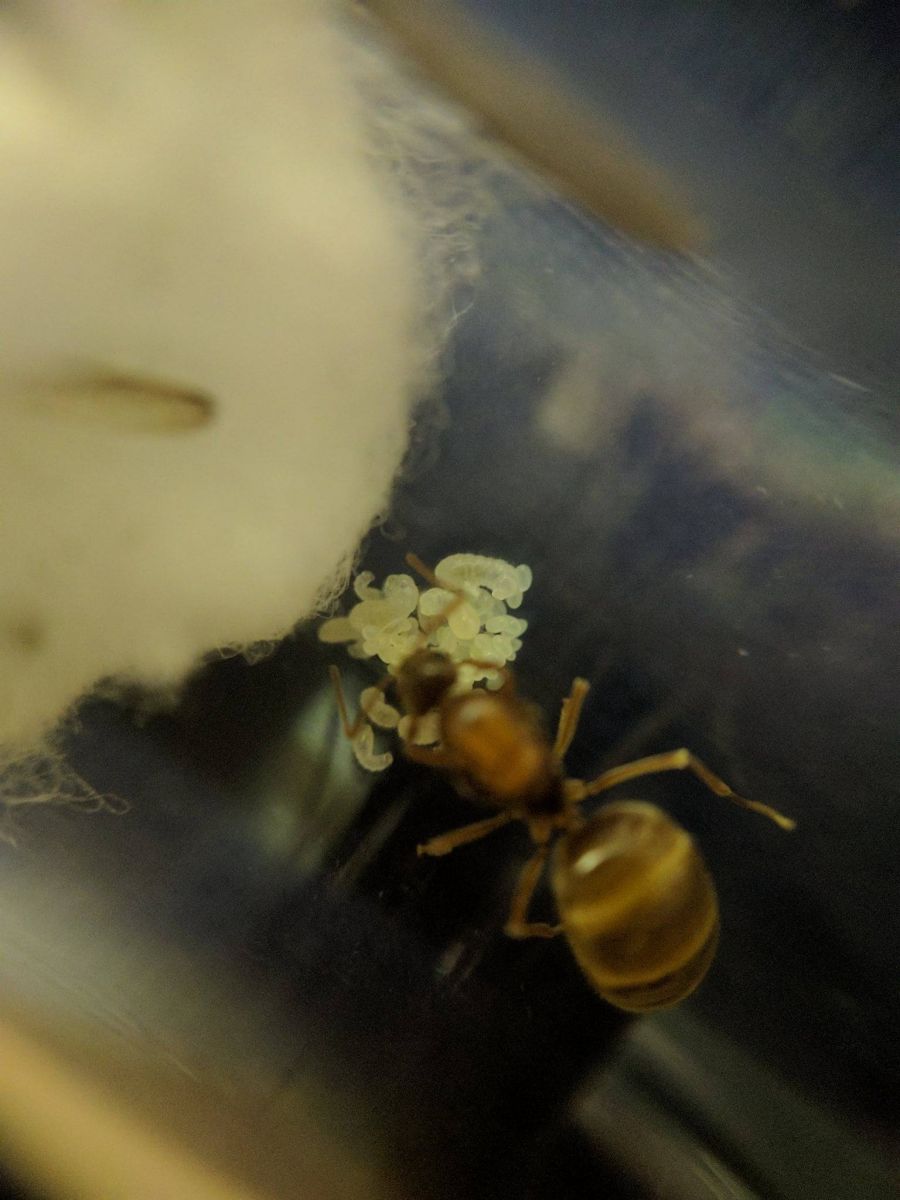
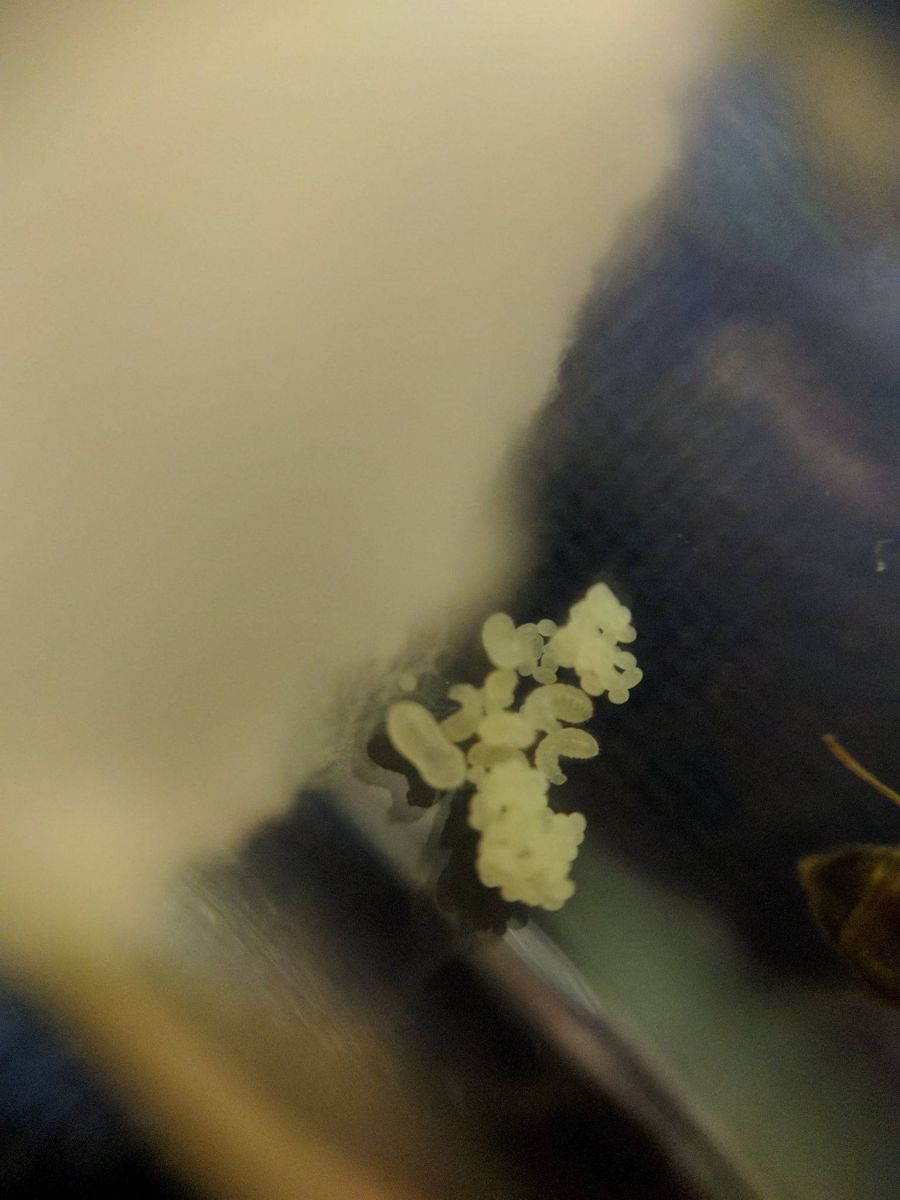
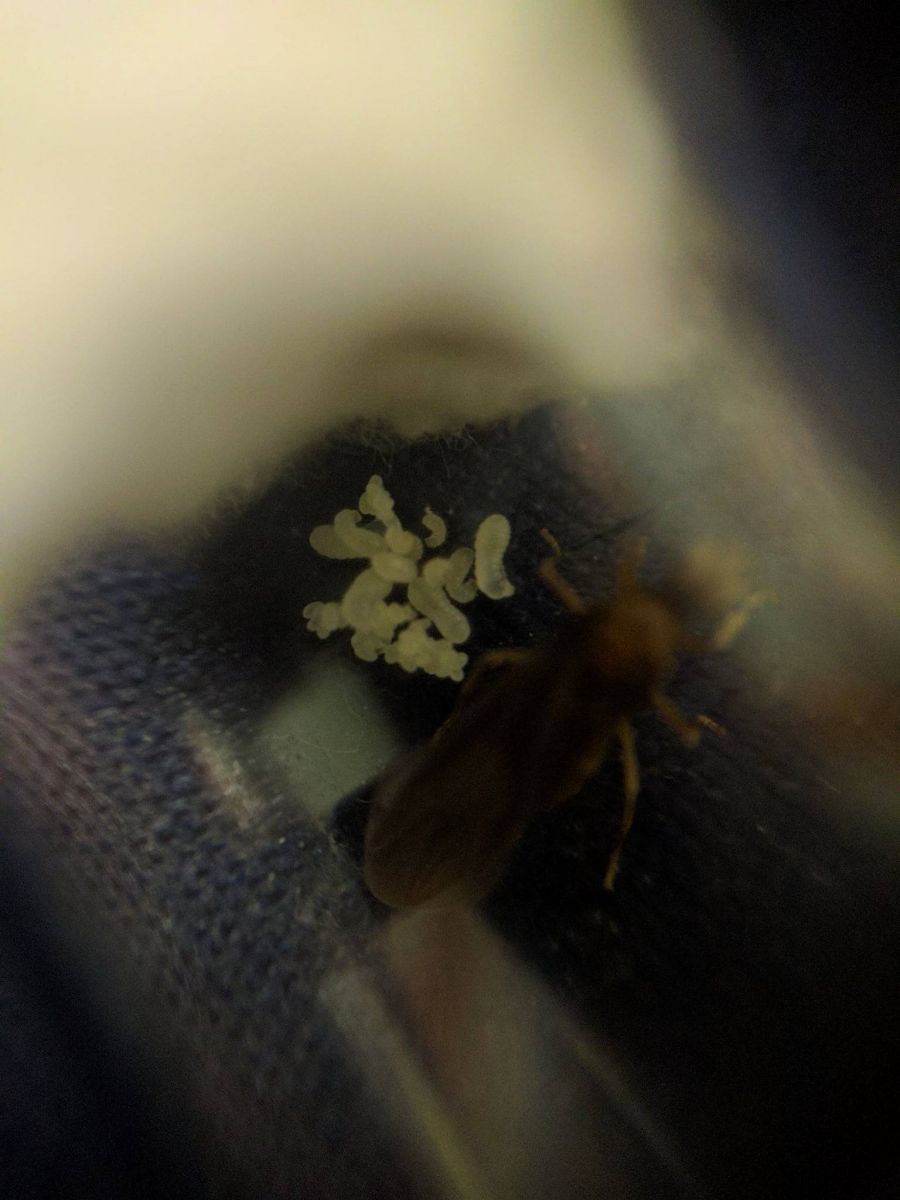
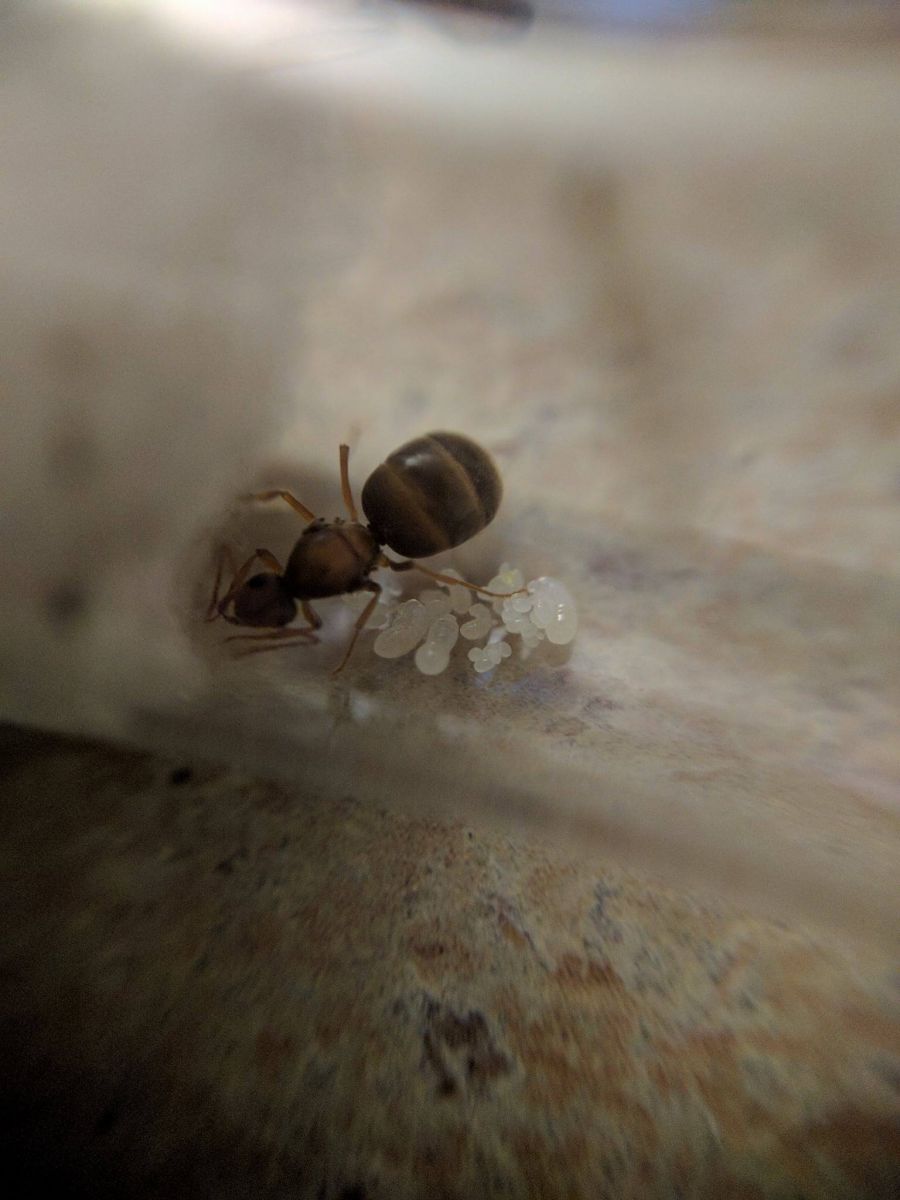
Edited by Cindy, June 10 2017 - 8:08 AM.
Yay! Congrats Cindy! They look great.
Keeper of:
Prenolepis imparis (4 founding queens)
Camponotus pennsylvanicus (5 founding queens)
Reticulitermes flavipes (3 pairs, subterranean termite)
NICE!!! I also read the "how sensitive they are to movement" on other sites, and also observed they seem to be pretty easy going as well now that I have my own.
NICE!!! I also read the "how sensitive they are to movement" on other sites, and also observed they seem to be pretty easy going as well now that I have my own.
Yeah I remember per one of our discussions at some point, we had been afraid that the queens would eat their brood / not lay eggs if we disturbed them too much. I'm very glad that this turned out not to be the case, and that they are relatively easy to maintain by a novice like me. ![]()
NICE!!! I also read the "how sensitive they are to movement" on other sites, and also observed they seem to be pretty easy going as well now that I have my own.
Yeah I remember per one of our discussions at some point, we had been afraid that the queens would eat their brood / not lay eggs if we disturbed them too much. I'm very glad that this turned out not to be the case, and that they are relatively easy to maintain by a novice like me.
I have definitely handled them incorrectly various times and caused them to roll over themselves as I tried to sneak a peak at their brood. They would just roll back over and tend to them like the earthquake was no big deal. ![]()
Keeper of:
Prenolepis imparis (4 founding queens)
Camponotus pennsylvanicus (5 founding queens)
Reticulitermes flavipes (3 pairs, subterranean termite)
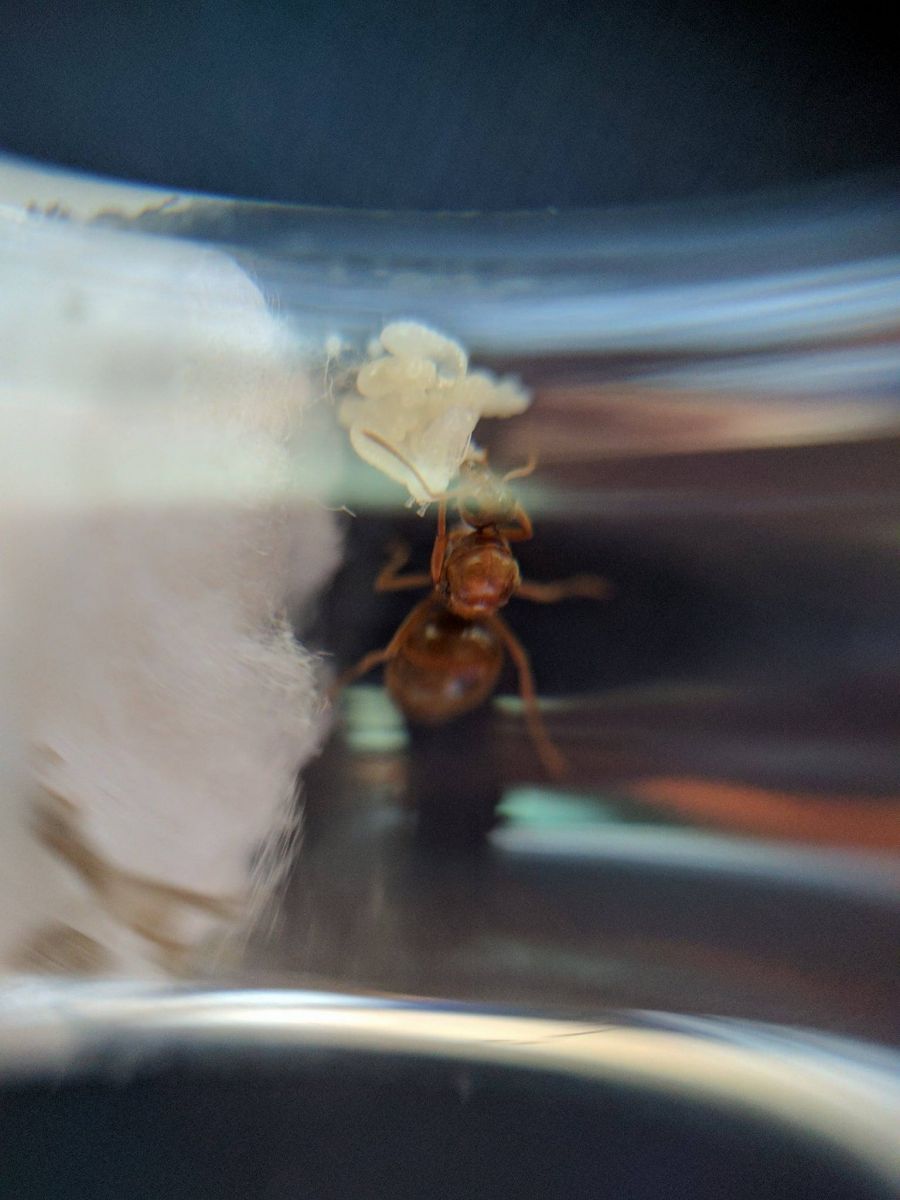
Here's a picture of the new pupae. You can two little appendages kind of sticking out (that I think are the antennae). There are a few more articularly round and smooth larvae, and it is likely that they are the stage directly preceding the pupae stage.
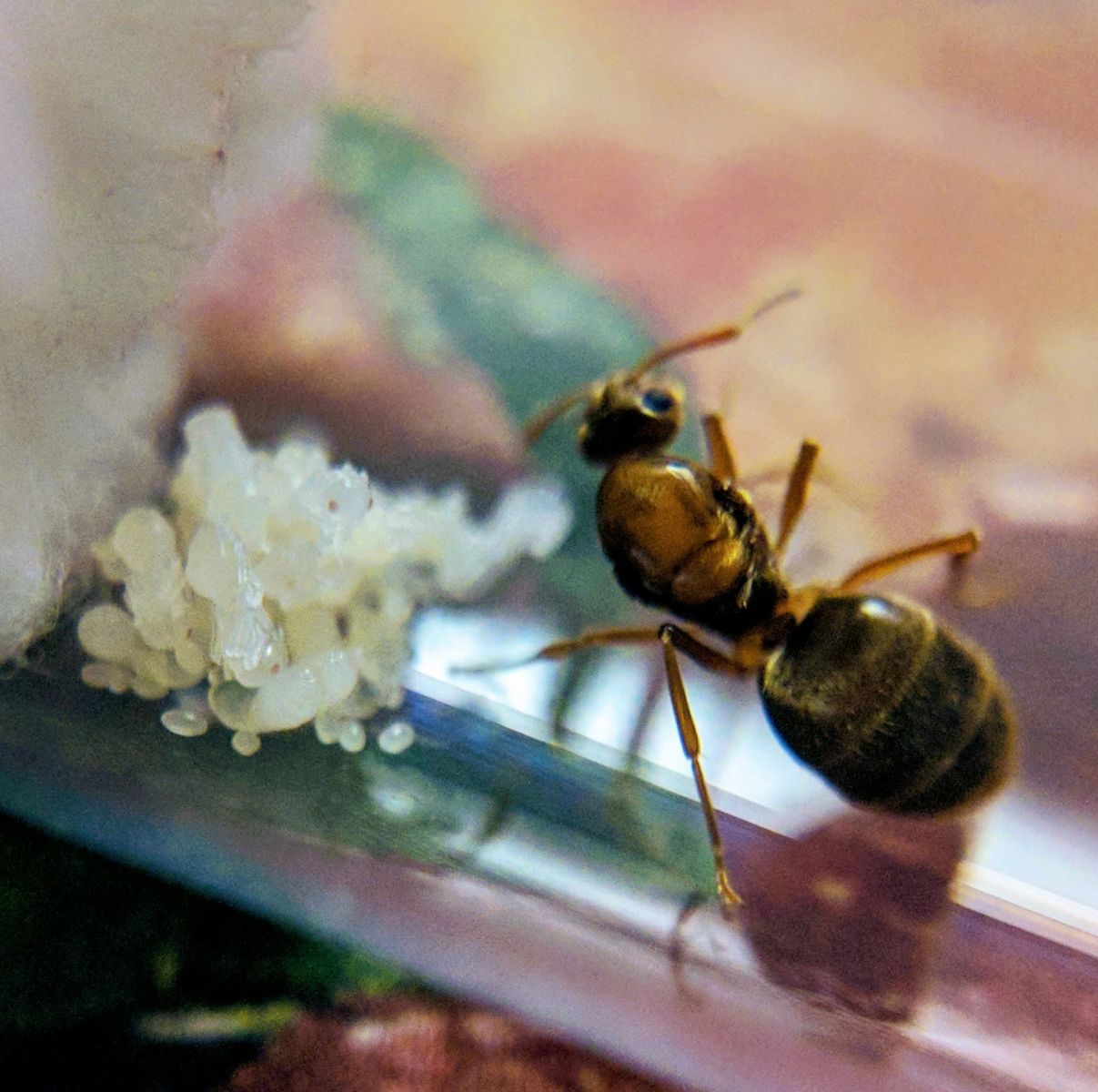
Looking good - I'm glad to see out timelines are pretty close, it should really give some more credence to the length it takes for this species to get those first Nanites.
Please keep us posted, I enjoy the updates and look forward to your really excited post next week.
Prenolepis imparis: founding queens x15 | Journal
0 members, 1 guests, 0 anonymous users